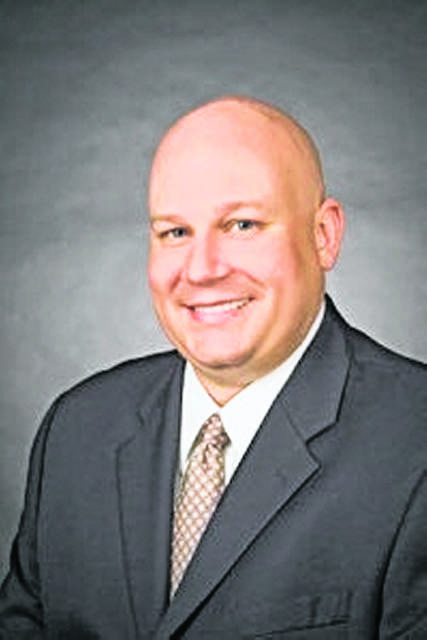Probate is the administrative process used to move official ownership of a deceased person’s possessions, known as assets, to other people. When someone dies having signed a valid will, the probate process is called “testate,” and the process is called “intestate” when there is no will.
Some assets that people own can be controlled by contracts that trigger ownership changes once the owner dies. The administrative process of changing official ownership of these assets to survivors through these assets’ respective contracts is called “non-probate”. Payable on death bank or investment accounts and beneficiary identifications on life insurance policies are examples of non-probate transfers.
Anything that is not non-probate is automatically probate. For testate probate matters, the will usually identifies to whom the deceased person’s assets will go. For intestate probate matters, Ohio law identifies to whom the deceased person’s assets will go.
The probate process typically breaks down into six significant steps.
First, someone files a form that identifies everyone who is immediate family — spouse, kids, and if neither: parents — of the deceased person. If the probate matter is testate, the form also includes a list of everyone who is set to inherit pursuant to the will. All of these people together are the stakeholders.
Second, if the person died having signed a valid will, someone presents the original — not a photocopy — will to the probate court. The stakeholders either sign off or get notice of the will that is presented so that the stakeholders can speak up if they disagree with the validity of the will.
Third, someone applies to be the administrator, called the “fiduciary,” who is responsible to collect and distribute the deceased person’s assets. Again, the stakeholders are provided the right to consent or contest the applicant’s appointment as fiduciary.
Fiduciaries who act under a will are called “executors.” If there is no will, the fiduciary of the probate estate is usually called the “administrator”. Sometimes, if the probate estate is small, the administrator is called the “commissioner”.
Fourth, the fiduciary will compile a list of all debts of the deceased person and all assets owned by the deceased person for which the change in ownership of those assets will need to go through probate. That list includes an appraised or readily ascertainable value for each asset. The list of debts, assets and values is called an inventory. Again, the stakeholders have the right to contest inclusions in and exclusions from the list of assets and debts.
Fifth, the administrator will use the deceased person’s assets to pay the proper bills and distribute the other assets per the will or Ohio law. Some of the distributions require the probate judge’s signature or direct approval.
Sixth, once all the bills are paid and the assets are otherwise distributed, the administrator prepares a summary of everything that came in and went out of the estate along with receipts in most instances.
Only at the end are the fiduciary and the attorney for the fiduciary paid, and the probate judge must specifically consent to those payments.
Lee R. Schroeder is an Ohio licensed attorney at Schroeder Law LLC in Putnam County. He limits his practice to business, real estate, estate planning and agriculture issues in northwest Ohio. He can be reached at [email protected] or at 419-659-2058. This article is not intended to serve as legal advice, and specific advice should be sought from the licensed attorney of your choice based upon the specific facts and circumstances that you face.







